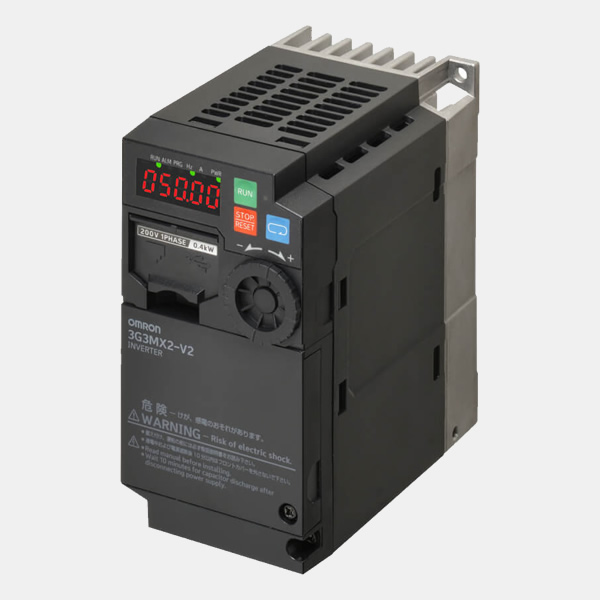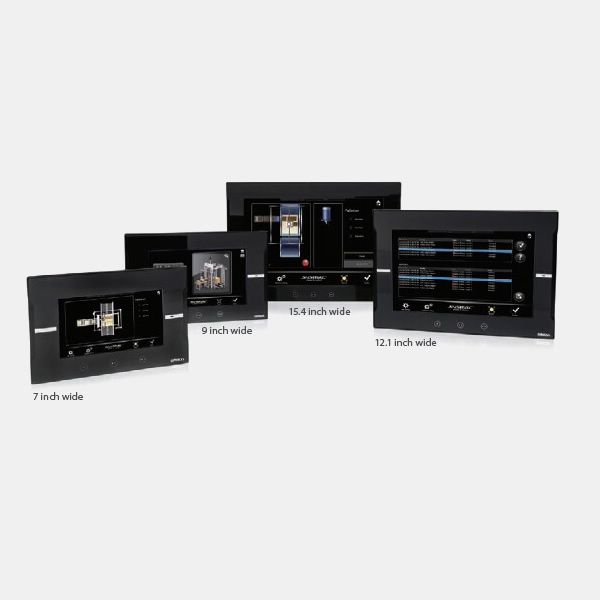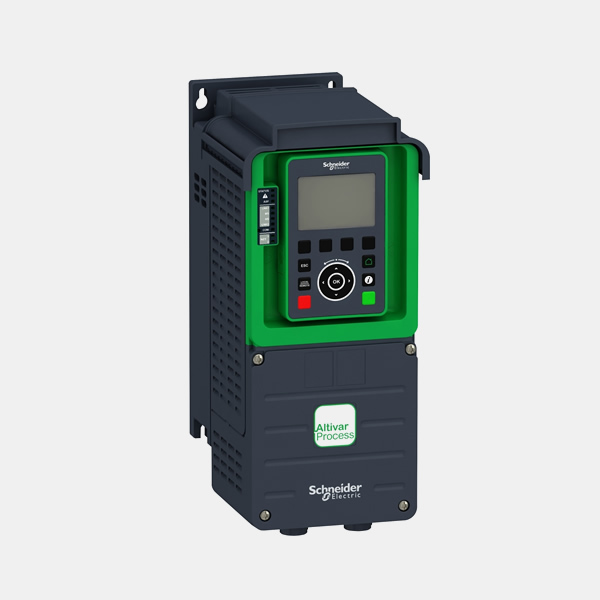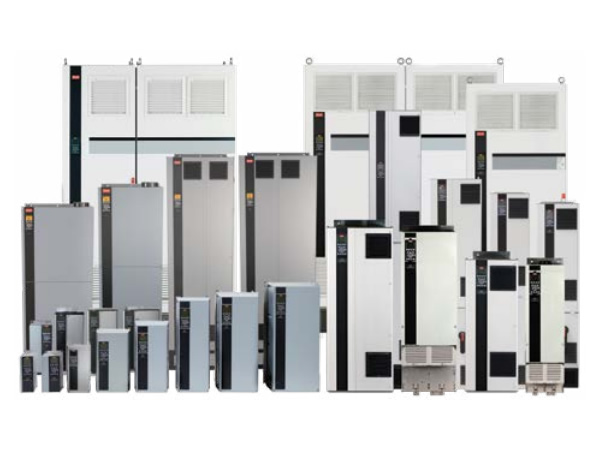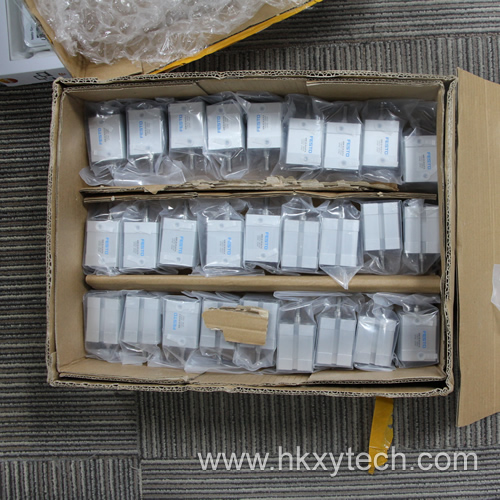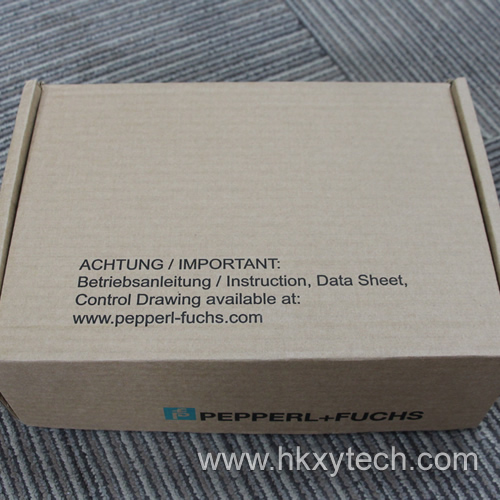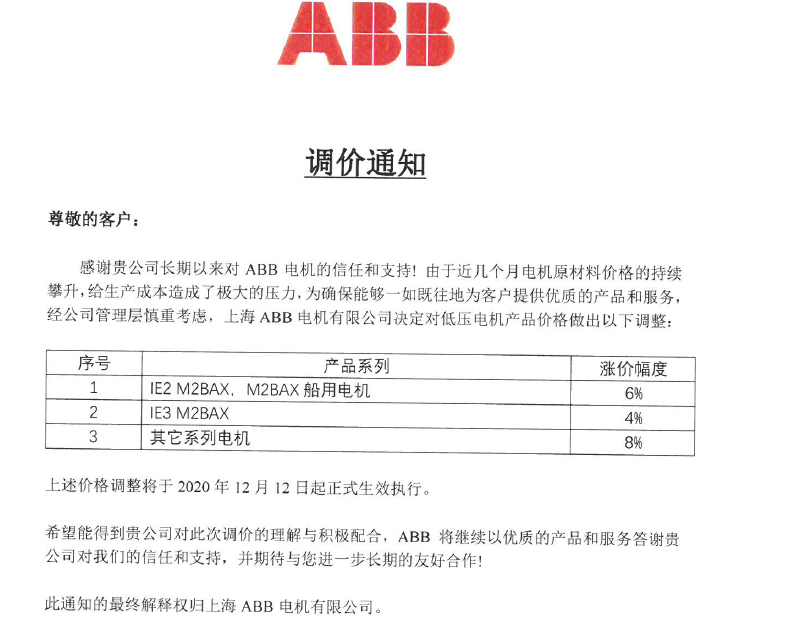
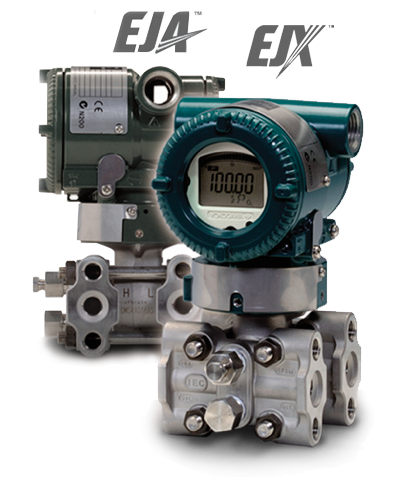
Q&A for DPharp EJX / EJA
Q : What is the accuracy advantage of a digital sensor over an analog sensor?
A : The advantage of a digital sensor over an analog sensor comes from the fact that an analog to digital converter isn't required. The digital sensor signal can be fed directly to the transmitter's CPU without any additional signal processing.
The DPharp sensor produces two frequency outputs which are proportional to the applied pressure to the sensor. The frequencies are then simply counted by the CPU to determine the pressure.
Q : What is the accuracy advantage of a digital signal as opposed to a D/A converted signal?
A : The final output stage of a transmitter is the D/A converter. In the case of the EJA and the EJX a high precision 15-bit converter is used; therefore, the signal resolution is already very high. Furthermore, HART supports the transmitter variables as 16-bit signed words; therefore, in practice the measurement accuracy remains the same in the HART communication world.
In the case of FOUNDATION™ fieldbus? the story is a little different. FOUNDATION fieldbus uses a 32-bit signed word to represent all Process Variables (PVs) and this represents a huge increase in both accuracy and resolution. In practice it means that a transmitter no longer needs to be spanned to a customer range: it can be left at maximum span or URL. Finally, when calibration is required it is enough to calibrate the transmitter at its maximum span or URL. This is enough to ensure the transmitter's performance at lower ranges or customer defined spans.
